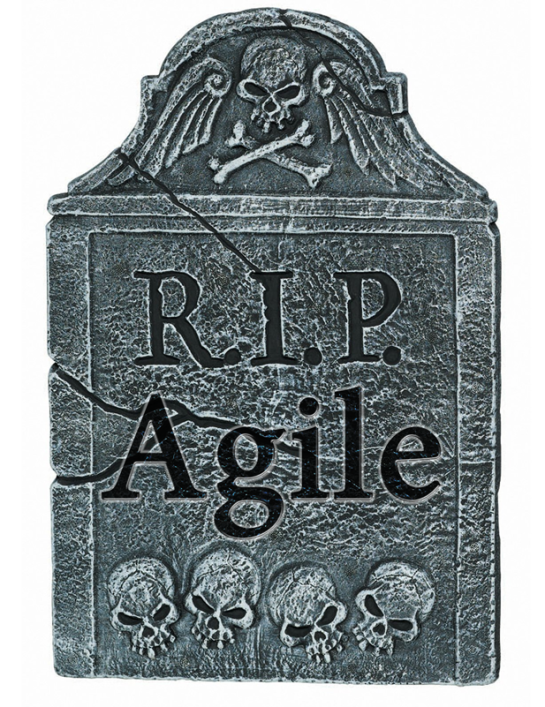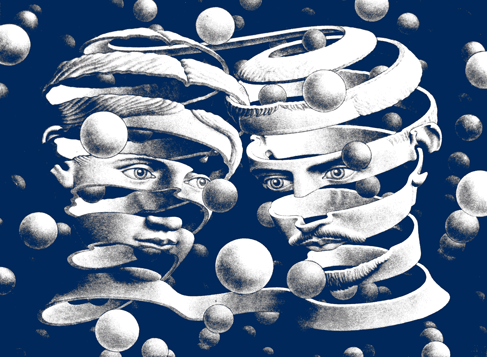The Antimatter Decision Filter
Yuval wrote a thoughtful post today about team liquidity. In this post, in passing, he mentions the Lean Decision Filter:
Lean Decision Filter
• Value trumps Flow – Expedite at the expense of flow to maximize value
• Flow trumps Waste Elimination – Increase WIP if required to maintain flow even though it will add waste
• Eliminate waste to improve efficiency – Do not pursue economy of scale
It reminded me about the core issue I have with Lean (real Lean – whatever that might mean, not e.g. LINO or LAME). My issue is about depth. For all its merits, Lean fails to address the heart of what makes us tick. Our humanity. Our nature as social animals. The way millions year of evolution have wired us (with the possible exception of the sociopaths). In other words, Lean has nothing to say about the role of emotions in driving everything we, as humans, do.
Oh yes, the Toyota Way stresses the human dimension, in terms of e.g. respect for people. Not that many non-Toyota implementations of Lean major on that aspect, compared to e.g. Kaizen, JIT, Lead times, Quality, Cost, Jidoka, Heijunka, Pull, Flow, etc..
But where’s the humanity? Where’s the emphasis on attending to folks’ needs? And i’m not claiming a moral imperative here. Simply pragmatism, in the light of what science tells us about people involved in collaborative knowledge-work.
The Humane Filter
So, here for your delectation, is an Antimatter Principle version of the Lean Decision Filter:
- Needs trump Emotions – Or more exactly, needs drive our emotions. When our needs are being well-met, we feel joy and similar “positive” emotions. When our needs are not being met too well, we feel some range of “negative” emotions.
- Emotions trump Value – All appreciation of value, every kind of value, resides in the domain of emotions. Things are only valuable to the extent that (some) people feel that those things meet – or could meet – their needs.
- Value trumps Flow
- Flow trumps Waste Elimination
- Eliminate waste to improve efficiency
If you’re considering applying Lean principles, or in the process of applying them, how deep will you go?
– Bob
Further Reading
Nonviolent Communication ~ Marshall B. Rosenberg
“if you don’t understand people, you don’t understand business” ~ Simon Sinek (video)


